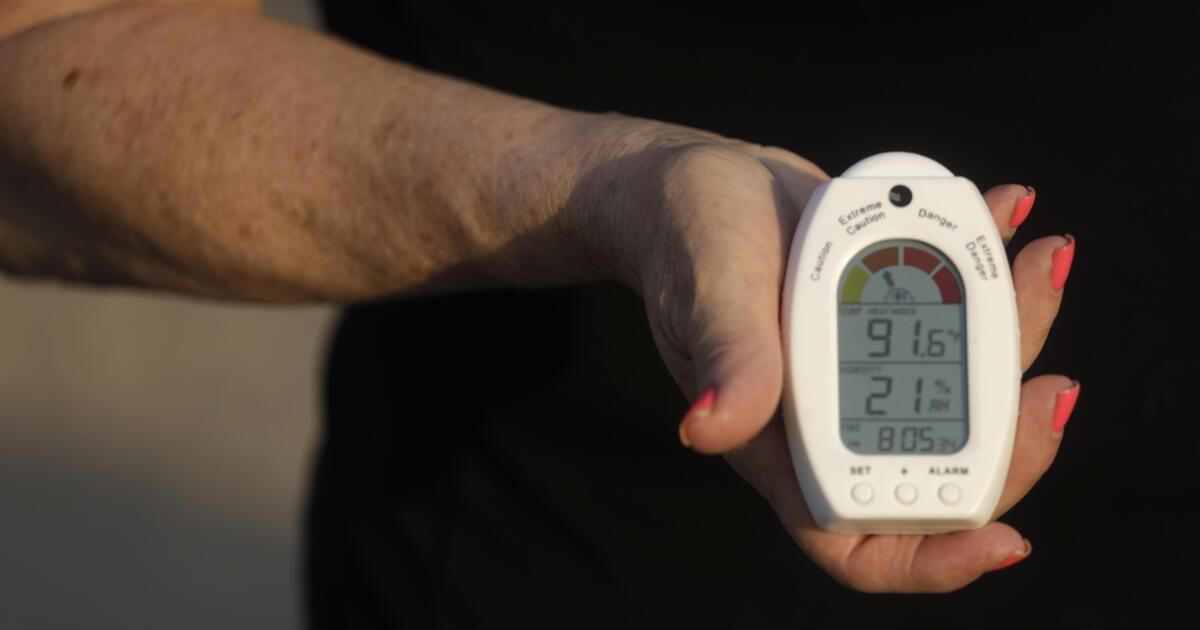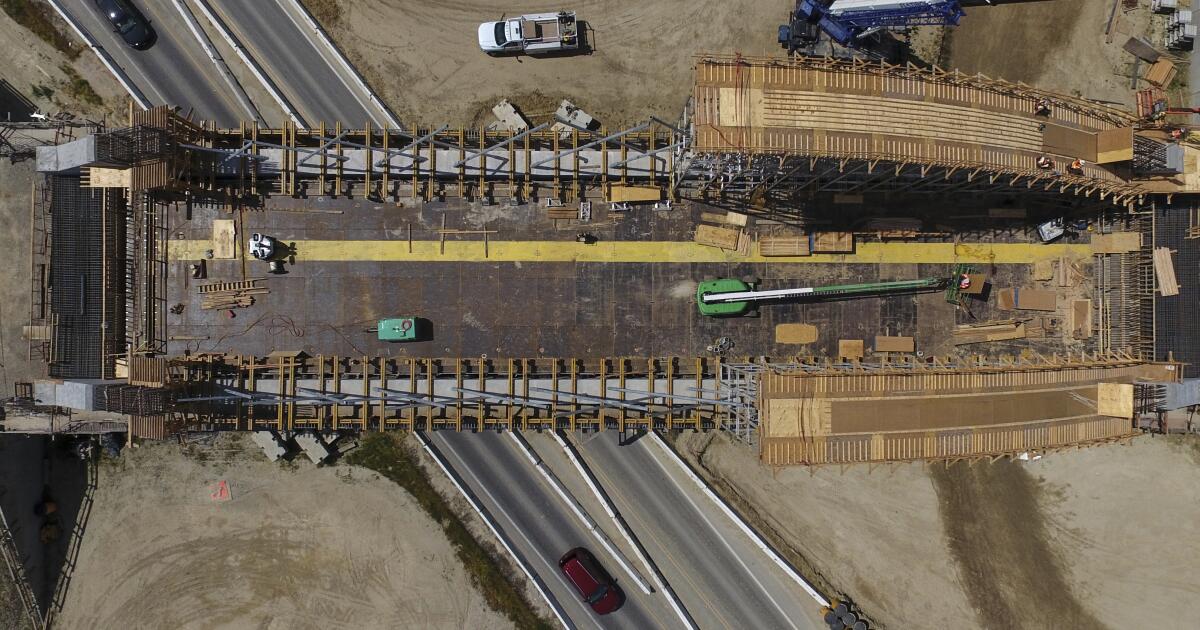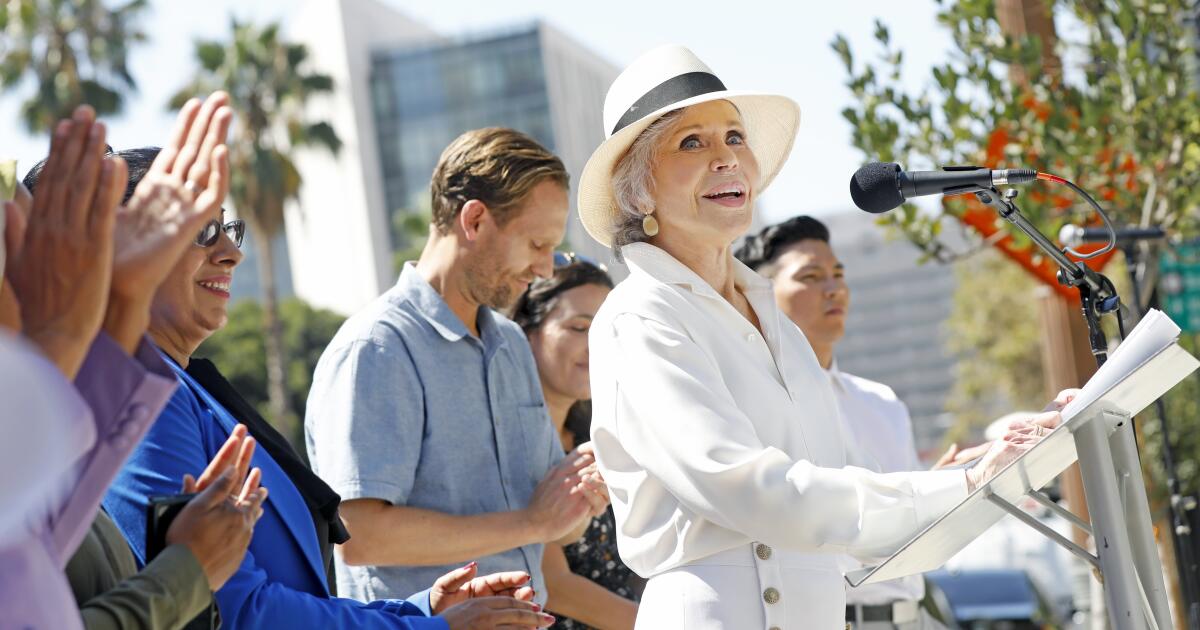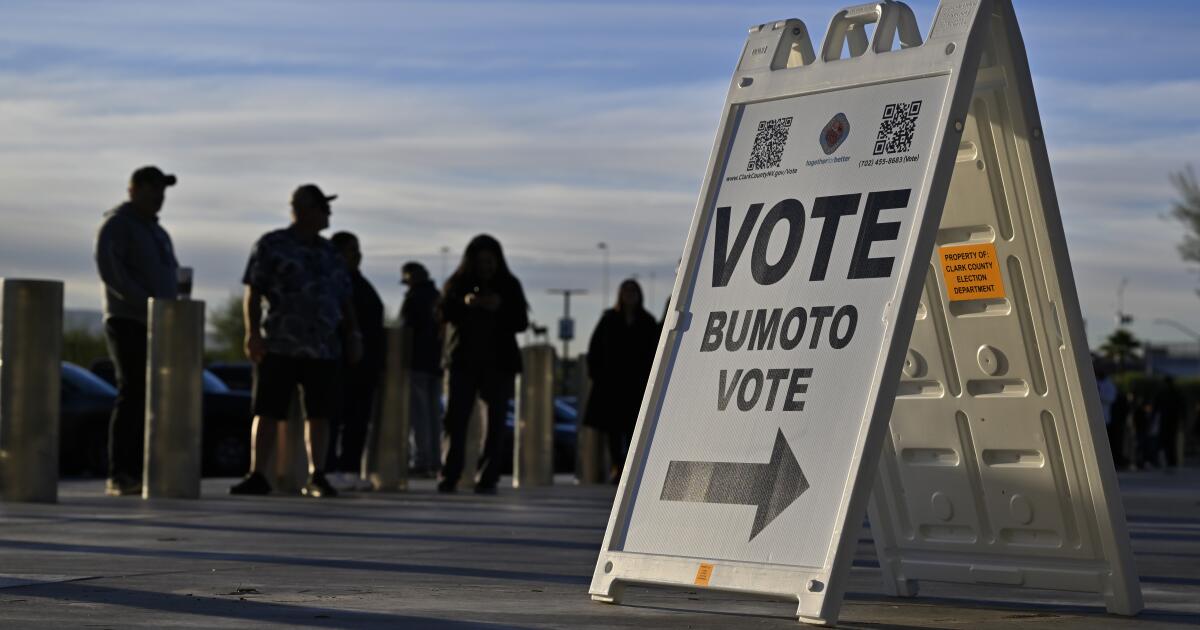It has been seven summers since California lawmakers voted to require indoor workplace rules to prevent workers from being injured or killed by extreme heat.
Thanks to the ineptitude of state officials, California is headed into another summer without rules to protect nearly a million people working inside warehouses, boiler rooms, kitchens and other sweltering facilities.
Under a 2016 law, regulators had until the end of 2018 to present these long-promised standards to a board appointed by the governor for adoption. In facilities where temperatures exceed 82 degrees, regulations require employers to provide cooling areas, water and breaks to prevent workers from overheating. They also require air conditioning, schedule adjustments or other measures to prevent them from working in temperatures above 87 degrees.
These are humane and reasonable measures, and it is unacceptable that state regulators are so far behind in adopting standards to make them a reality. Extreme heat is the leading cause of death among climate hazards, responsible for approximately 3,900 deaths in California between 2010 and 2019. It is a growing threat to workers in fast-growing industries, such as warehousing and logistics, which are concentrated in the Inland Empire. and Central Valley.
State officials, including Gov. Gavin Newsom, whose office recently boasted that no other governor has done as much to protect people from extreme heat, you should be ashamed. Oregon Became First State to Adopt Heat Protection Rules for Indoor Workers in 2022just 10 months after the devastating and deadly heat dome of the previous year.
In spring 2023, We urge Newsom and his appointees Call on the Occupational Safety and Health Standards Board to stop plodding along and establish these life-saving protections in time for the coming months of warm weather.
They didn't, and this year they ran into another hurdle: concerns about how much it would cost state prisons and other correctional facilities to comply with the law.
The California Department of Corrections and Rehabilitation estimates that billions of dollars in capital improvements would be needed to cool state prisons and other facilities where its tens of thousands of employees work. The department declined to provide details or documentation as to why it would cost so much to keep its workers cool and safe.
The costs to state prisons are a poor excuse to further delay measures that are expected to save lives and prevent illness and injury. in a public hearing in MarchCal/OSHA board members heard emotional testimony from workers and labor representatives about employees fainting and, in some cases, dying from suffocating conditions inside commercial kitchens, laundry facilities and fast food restaurants.
The board at least put worker safety before politics by voting to adopt the rules even after the Newsom administration raised objections about the cost. But it was not enough because the rules still need approval from the Department of Finance.
There is still hope that heating standards can be implemented to help most of the state's workers this summer. Cal/OSHA has submitted a revised proposal to exempt state and local correctional facilities that will go to the board for a vote in June (and it plans to create separate rules for corrections later).
But the state's back-and-forth over heating standards has exposed them to challenge from business groups, which have taken advantage of the delay to attack the process, highlight their own costs and question why they aren't also getting waivers.
State leaders still appear to be treating extreme heat as a low-priority concern, rather than the increasingly deadly danger that it is. Programs to respond to extreme heat, for example, are among the billions in climate-related cuts that Newsom and lawmakers are planning to address a $45 billion budget shortfall.
Officials say they are on track to implement indoor heating standards sometime this summer. Hopefully.
Internal bureaucratic wrangling does nothing to help those who work daily in oppressive heat with no guarantee of water, cooling, breaks and other basic health and safety precautions. Every month that passes without these standards is a continued injustice and a black mark on Newsom's job and climate record.











